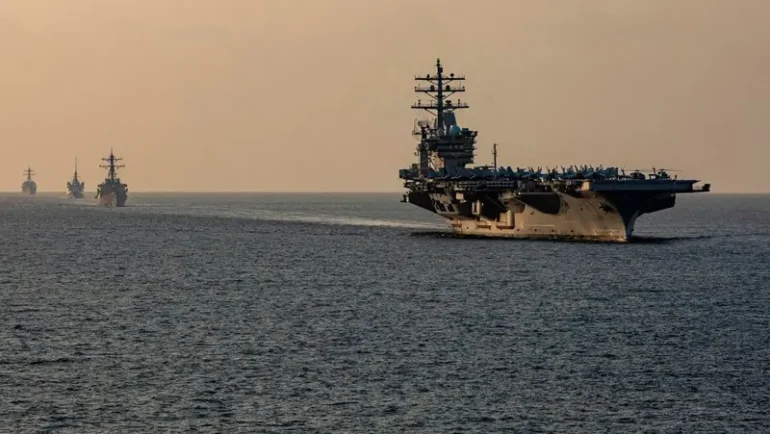The Strait of Hormuz, a narrow waterway between Iran and Oman, is one of the world’s most critical energy highways. About 20% of global oil and natural gas flows through this 21-mile-wide passage, connecting the Arabian Gulf to the Arabian Sea. Any disruption here could send shockwaves through the world economy, spiking oil prices and rattling energy-dependent nations like China, Japan, India, and much of Europe. On June 22, 2025, reports emerged that Iran’s parliament has endorsed closing this vital strait, a move that could escalate tensions in an already volatile region. While the final decision rests with Iran’s Supreme National Security Council and Supreme Leader Ali Khamenei, the threat alone is enough to raise alarm bells worldwide.
Why Is Iran Considering This Move?
The potential closure comes amid escalating conflicts with Israel and increasing pressure from the United States. Recent U.S. strikes on Iran’s nuclear sites have heightened tensions, and Iran’s parliament sees closing the Strait of Hormuz as a possible countermeasure. Esmail Kosari, a member of parliament and a commander in Iran’s Islamic Revolutionary Guard Corps (IRGC), told the Young Journalist Club that closing the strait is on the table and “will be done whenever necessary.” This suggests Iran might use the threat as leverage to deter further attacks or to assert its influence on the global stage.
Historically, Iran has repeatedly threatened to close the strait during times of tension, particularly with the U.S., but has never followed through. Shutting down the strait would be a bold and risky escalation, potentially seen as a declaration of war against Gulf states and the U.S., which maintains a significant naval presence in the region to ensure the waterway stays open.
What Would Happen If the Strait Closes?
Even a temporary closure of the Strait of Hormuz would have massive consequences. According to the U.S. Energy Information Administration, about 20.3 million barrels of petroleum pass through the strait daily, accounting for roughly a third of the world’s seaborne oil trade. A disruption could cause oil prices to skyrocket—analysts from ClearView Energy Partners predicted that Brent crude oil, which closed at $77.01 per barrel on Friday, June 20, 2025, could jump significantly higher overnight.
Such a price spike would hit consumers hard, raising costs for everything from gasoline to heating. Countries heavily reliant on Gulf oil would face immediate economic strain, and global markets would likely panic. Vice President JD Vance, speaking on NBC’s Meet the Press on June 22, called the potential closure “economically suicidal” for Iran, noting that the country’s own economy depends on the strait for its oil exports. However, Iran might see this as a calculated risk to pressure its adversaries.
Is the Threat Real?
While Iran’s parliament has backed the idea, the decision lies with the Supreme National Security Council, overseen by Supreme Leader Ali Khamenei. Analysts are skeptical about Iran acting on the threat. Eurasia Group analysts noted on June 22 that closing the strait would likely provoke a strong military response from the U.S., which has a robust military presence in the Gulf. Gregory Brew, a senior analyst at Eurasia, told Axios that such a move would be tantamount to Iran declaring war on the Gulf states and the U.S., an escalation Iran may not be prepared for in its current weakened state.
Instead, Iran might opt for less drastic measures, like harassing tanker traffic, to flex its muscles without crossing a red line. The threat alone could unsettle oil markets, as traders react to the uncertainty. Brent crude prices have already climbed from $64.43 on May 19 to $73.68 on June 16, 2025, reflecting fears of regional instability following Israel’s strikes on Iranian energy targets, which spared oil export infrastructure but hit a major gas field and refinery.
What’s Next?
The world is watching closely as tensions between Iran, Israel, and the U.S. continue to simmer. Whether Iran follows through on its threat or uses it as a bargaining chip depends on how the conflict evolves and whether diplomatic solutions emerge. For now, the mere possibility of closing the Strait of Hormuz serves as a stark reminder of the region’s fragility and its outsized impact on global energy security. As markets open, traders’ reactions will signal how seriously they take Iran’s threat—and whether the world is bracing for a new energy crisis.
